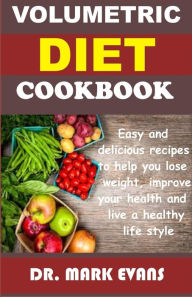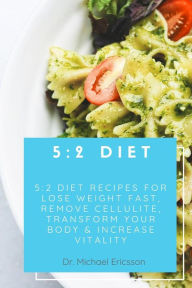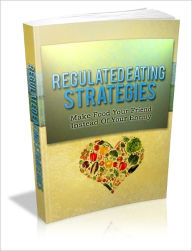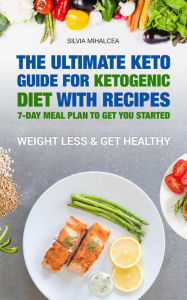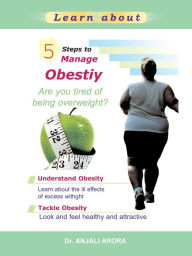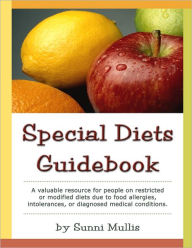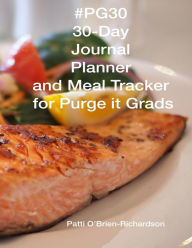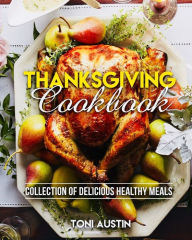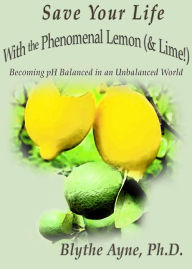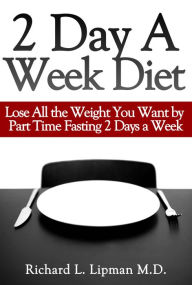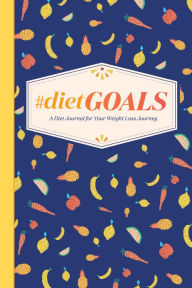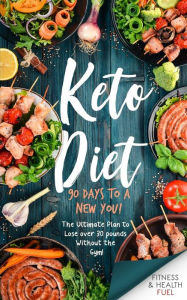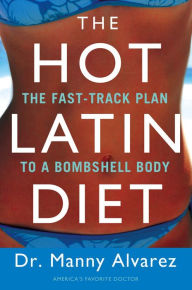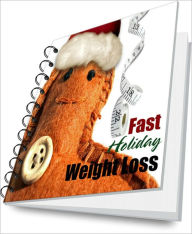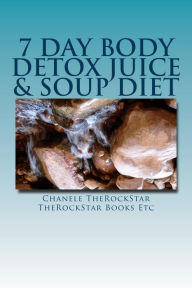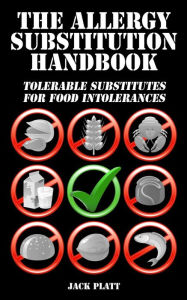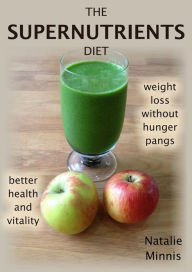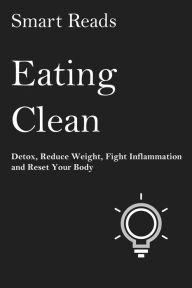VOLUMETRIC DIET COOKBOOK: Easy and delicious recipes to help you lose weight, improve your health and live a healthy lifestyle
by MARK EVANS
2020-05-28 16:36:17
VOLUMETRIC DIET COOKBOOK: Easy and delicious recipes to help you lose weight, improve your health and live a healthy lifestyle
by MARK EVANS
2020-05-28 16:36:17
Volumetrics is not a new diet, but it has stood the test of time. Many people use it to lose weight and keep the pounds off for good. The diet is based on the premise that it's the volume of food eaten, rather than the number of calories consumed, wh...
Read more
Volumetrics is not a new diet, but it has stood the test of time. Many people use it to lose weight and keep the pounds off for good. The diet is based on the premise that it's the volume of food eaten, rather than the number of calories consumed, which leads to weight loss. When we eat more food, we experience a sense of satiety or fullness.Conventional wisdom has it that to lose weight, you have to eat less. But that's absolutely not the case, and one top-ranked diets proves it. The Volumetrics dlet, developed by Penn State professor and researcher Barbara Rolls, is all about filling up by eating a larger volume of food, while simultaneously slimming down.The concept might sound too good to be true, but Volumetrics is backed by science, and it has a proven track record of helping people shed pounds. It even tied for number six on U.S. News and World Report's latest list of the best diets overall. Here's what this weight-loss plan is all about, how to follow it, and a few challenges that you might come across if you give it a go.The RationaleThe principle behind the Volumetrics diet is simple: Eat more foods that have low caloric density and you'll be able to eat more, satisfy your hunger, and still cut back on calories. According to the authors' research, we all tend to eat the same average weight in food every day, no matter how many calories the food contains. The Volumetrics approach is to eat the same volume of food but lower the number of calories by eating foods that are higher in fiber and water. If you do, you'll consume fewer calories and lose weight without that empty feeling in your gut. Once you learn to think about the energy density of foods, you'll be surprised by how much food you can eat. Volumetrics' message: Eat more fruits, vegetables, whole grains, legumes, and beans, and eat less high-fat, low-nutrient junk foods.
Less


